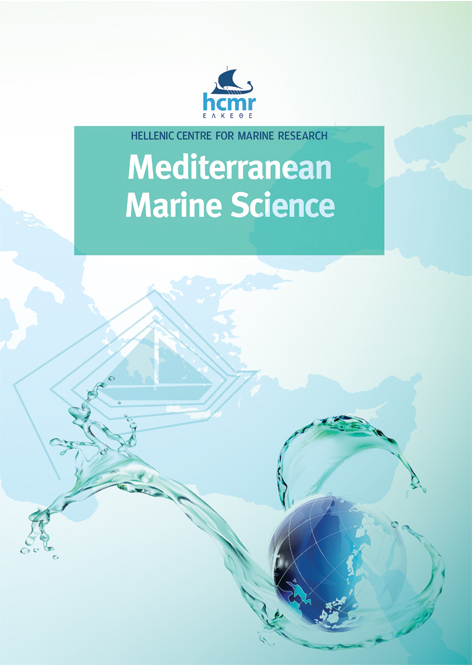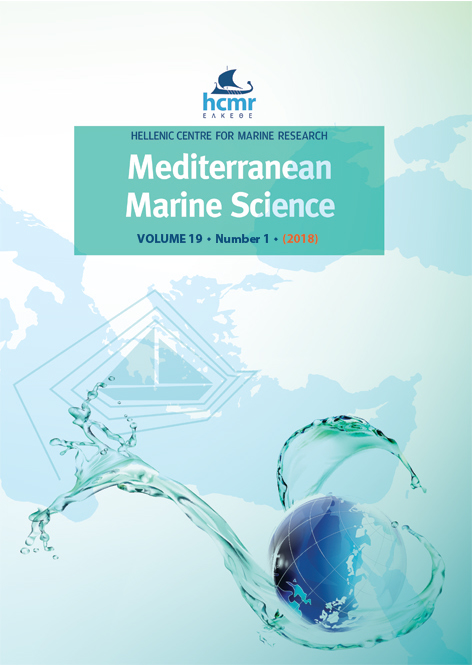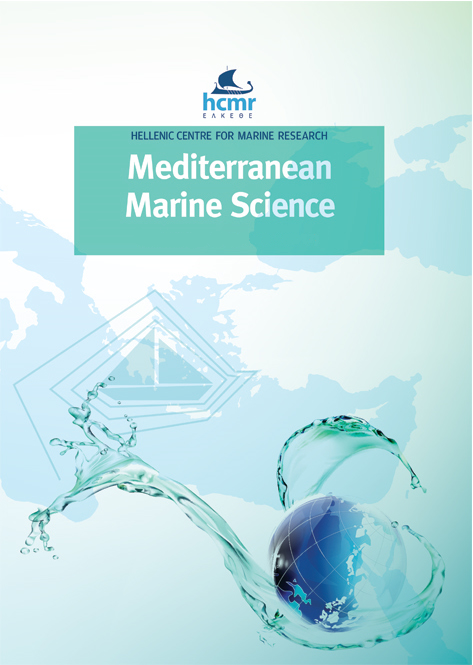Temporal and spatial genetic variation of Engraulis encrasicolus in the Adriatic Sea

Abstract
Small pelagic fish play a key role in the marine ecosystem, controlling predator abundance and regulating primary production rates by foraging on plankton. Alterations induced at different ecological levels by fishing activities and/or environmental changes are affecting the reproductive success of several small pelagics, including European anchovy (Engraulis encrasicolus), which is a major target of Adriatic mid-water trawl and purse-seine fisheries. In this study, we evaluated short-term genetic changes of the species in the Adriatic Sea by applying molecular markers in samples of three generations of European anchovy. Thirteen polymorphic microsatellite markers and a mitochondrial gene were used in cohorts of adults and larvae, collected at three sites in the north-east, central, and southern Adriatic Sea in 2015. Furthermore, temporal, and spatial genetic variation was assessed by comparing the above dataset with a sample of adult anchovy collected in 2012 at three sites close to those sampled in 2015. Expected heterozygosity was higher in adults than in larvae, suggesting a loss of genetic diversity and uneven reproduction. In addition, a comparison of the two datasets demonstrated a change in the anchovy population structure from 2012 to 2015. In the reproductive event of 2015, this change led the two main genetic stocks described in the Adriatic Sea to merge into one. We suggest that the population structure of European anchovy in the north-eastern Adriatic may be influenced by changes in environmental parameters and by periodic alterations in the temporal pattern of population connectivity.
Article Details
- How to Cite
-
MALAVOLTI, S., RUGGERI, P., FIORAVANTI, T., TIČINA, V., COSTANTINI, I., DE FELICE, A., SPLENDIANI, A., GAŠPAREVIĆ, D., CAPUTO BARUCCHI, V., & LEONORI, I. (2021). Temporal and spatial genetic variation of Engraulis encrasicolus in the Adriatic Sea. Mediterranean Marine Science, 22(4), 843–857. https://doi.org/10.12681/mms.25990
- Section
- Special Issue MEDIAS
Authors who publish with this journal agree to the following terms:
- Authors retain copyright and grant the journal right of first publication with the work simultaneously licensed under a Creative Commons Attribution Non-Commercial License that allows others to share the work with an acknowledgement of the work's authorship and initial publication in this journal.
- Authors are able to enter into separate, additional contractual arrangements for the non-exclusive distribution of the journal's published version of the work (e.g. post it to an institutional repository or publish it in a book), with an acknowledgement of its initial publication in this journal.
- Authors are permitted and encouraged to post their work online (preferably in institutional repositories or on their website) prior to and during the submission process, as it can lead to productive exchanges, as well as earlier and greater citation of published work (See The Effect of Open Access).






